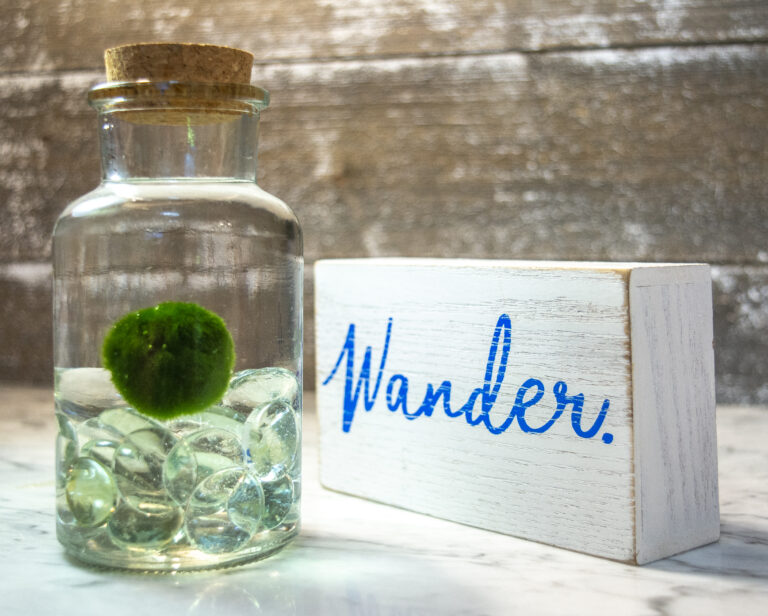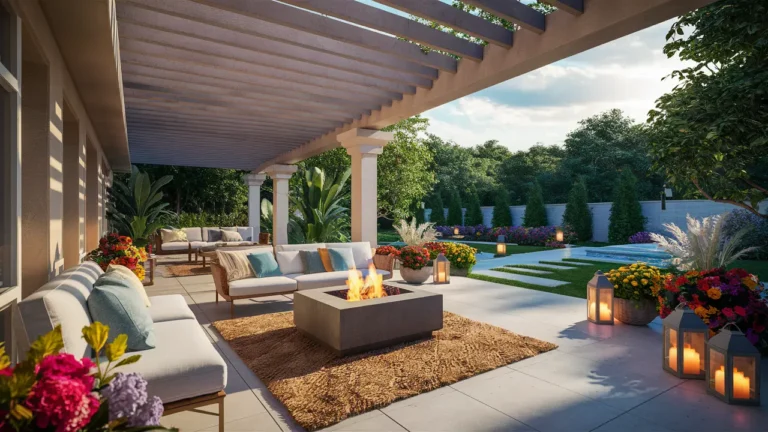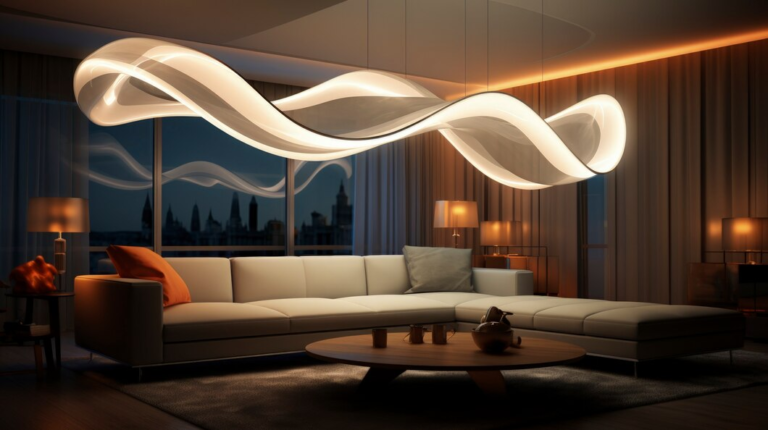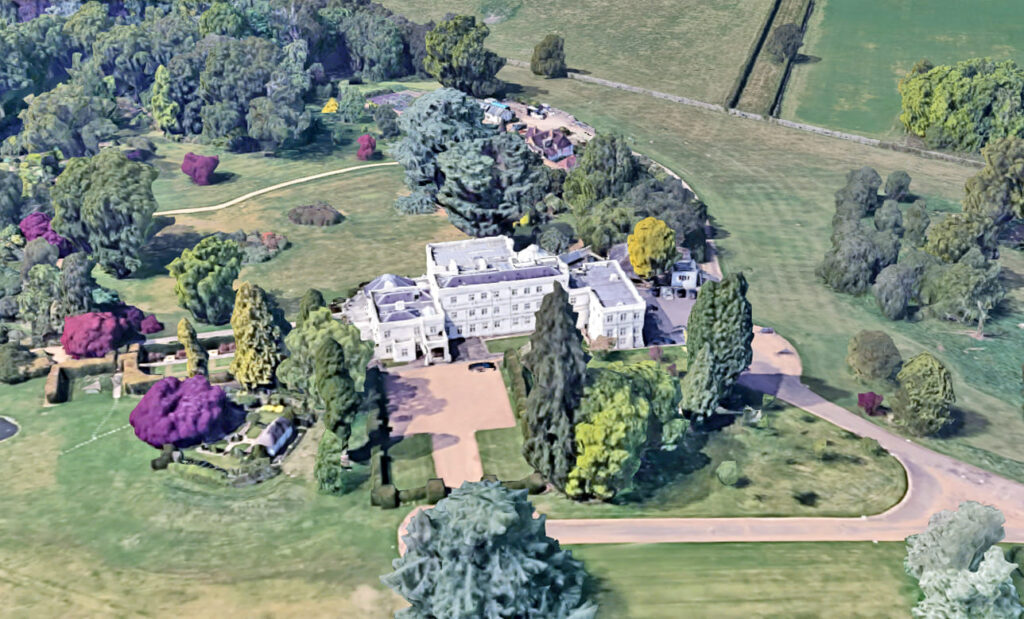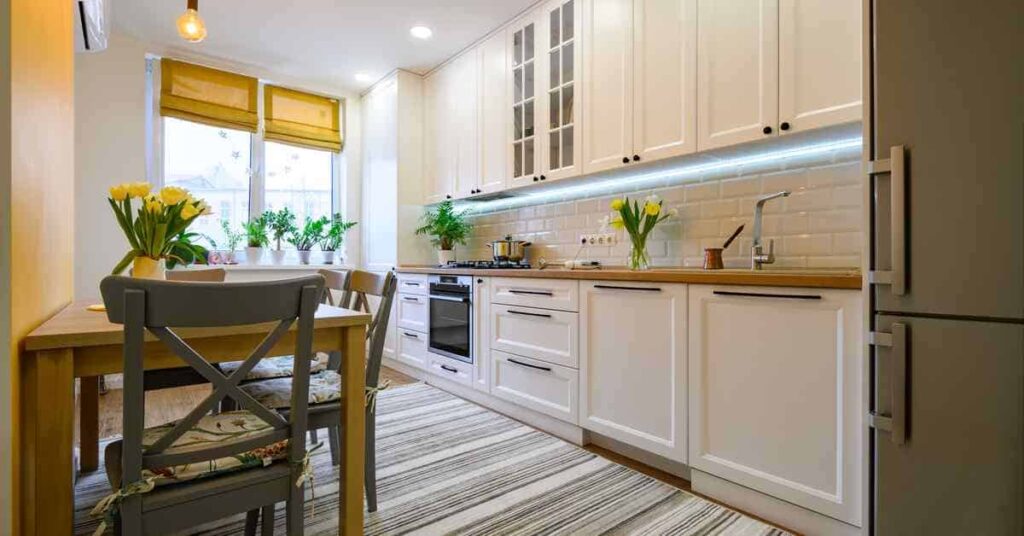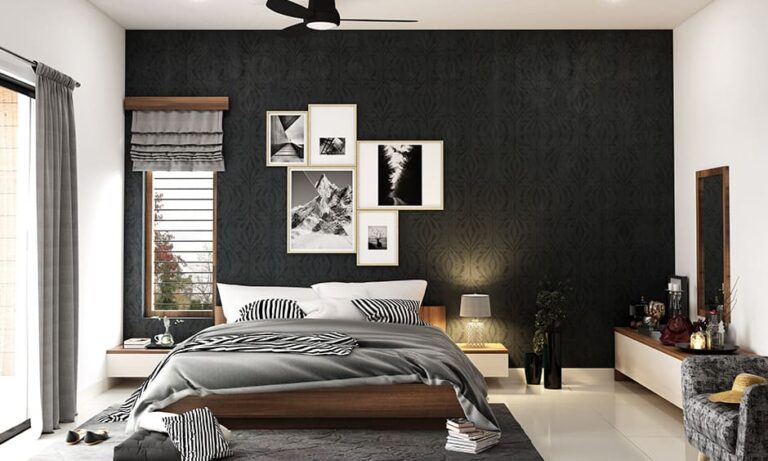Nestled in the vast expanse of Windsor Great Park, the Royal Lodge in Windsor has been the official residence of Prince Andrew, the Duke of York, since 2004. While the architecture of the house itself carries a rich historical legacy, it is the expansive gardens and meticulously maintained grounds that capture the imagination of visitors and royal enthusiasts alike. This article explores the lush landscapes that surround this prestigious residence, offering a glimpse into the private retreat of a member of the British royal family.
Historical Background of the Royal Lodge
Originally built in the 17th century as a royal hunting lodge, the property has undergone numerous transformations to become the stately home it is today. The Royal Lodge was notably favored by King George VI and Queen Elizabeth. The Queen Mother, who resided here during her widowhood until her death in 2002. The extensive grounds and gardens have been a focal point of royal leisure and festivity for centuries, reflecting the personal tastes and styles of its royal occupants through the ages.
Design and Layout of the Gardens
The gardens of the Royal Lodge are renowned for their classical design, which includes several distinct features:
- Sunken Garden: A highlight of the landscape, the Sunken Garden is a tranquil spot, perfect for quiet reflection. It features a variety of flowering plants and shrubs, intricately designed pathways, and a central fountain that adds a soothing auditory element to the peaceful ambiance.
- The Valley Gardens: Situated within the larger Windsor Great Park, the nearby Valley Gardens spill over with vibrant azaleas, rhododendrons, and a myriad of other seasonal blooms that create a riot of color in spring and early summer.
- Formal Terraces: Adjoining the lodge are formal terraces that offer structured beauty with neatly trimmed hedges and rows of flowers that complement the architectural symmetry of the lodge itself.
Ecological Features and Conservation
The Royal Lodge grounds are not just about beauty and leisure; they also play a crucial role in local ecology and conservation efforts. The estate includes parts of the ancient Windsor Forest and is home to a variety of wildlife, including deer, foxes, and numerous bird species. The conservation practices in place ensure that the natural habitat is preserved while maintaining the aesthetic appeal of the gardens.
Private and Public Enjoyment
While the interior of the Royal Lodge remains strictly private. The influence of its gardens extends beyond its gates through its contribution to the landscape of Windsor Great Park. This public parkland offers visitors the opportunity to enjoy sprawling natural beauty influenced by centuries of royal history and horticultural tradition.
- Public Access: Visitors to Windsor Great Park can enjoy many areas adjacent to the Royal Lodge, including the Long Walk, a striking avenue lined with trees leading up to Windsor Castle.
Events and Royal Occasions
Over the years, the gardens of the Royal Lodge have hosted numerous royal events and private family gatherings, from garden parties to Easter celebrations. These occasions have often highlighted the gardens’ versatility as both a private family haven and a venue for formal royal engagements.
Conclusion
The gardens and grounds of Prince Andrew’s Royal Lodge are more than just an extension of a royal residence; they are a testament to centuries of British landscape design and royal tradition. For those fortunate enough to wander the paths of Windsor Great Park or catch a glimpse during public events. The Royal Lodge gardens offer a unique insight into the private life of the British royal family and their enduring legacy of conservation and beauty.

